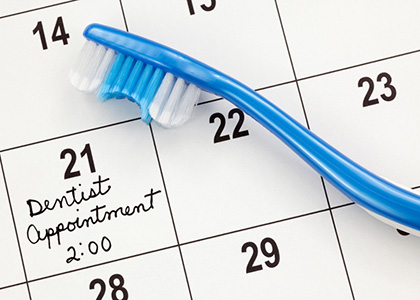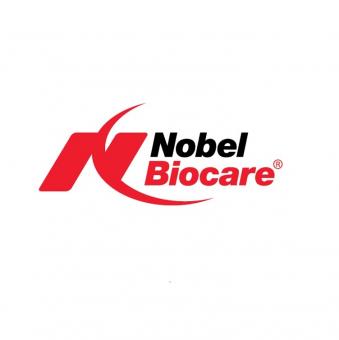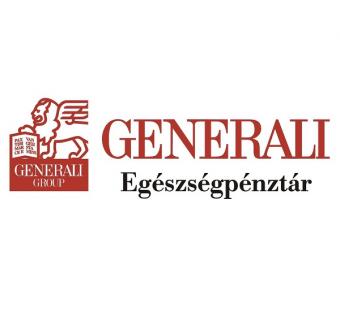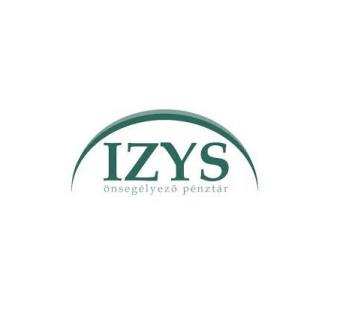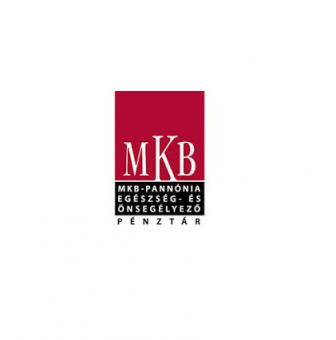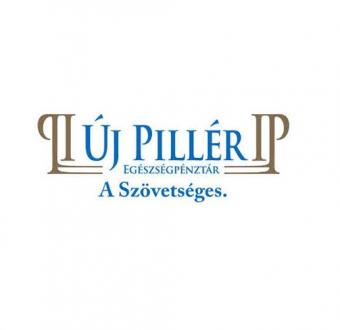Inlays and Onlays: Why Are They Good Solutions for Dental Fillings?
When decay damages a tooth, sometimes the only solution is drilling. The dentist then removes the infected parts of the tooth and seals the resulting cavity with a filling. Besides simple fillings, however, inlays and onlays can also be used, which are inserted as a single piece for perfect fit. This guide explains the different types of inserts available, the differences between onlays and inlays, and which materials are particularly durable.
What Are Onlay and Inlay Dental Inserts? Inlays and onlays fall under conservative dental treatments: these are fixed dental prostheses made in a dental lab, custom-designed. Technicians typically carve, mold, or cast these prostheses from a single piece based on an impression. If a large part of the tooth is damaged, an inlay, which only replaces part of the tooth structure, may not suffice. Compared to inlays, onlays cover the entire chewing surface of the tooth extending over the cusp, thus providing greater stability to the damaged tooth.
The Meaning of Onlay and Inlay The term "inlay" in English means an insert, while "onlay" indicates a covering or overlay.
Benefits and Costs of Onlay and Inlay Fillings These dental inserts offer several advantages over traditional fillings due to their long lifespan and high strength. They also provide a natural, aesthetic appearance to the teeth, and allow the dentist to create better contours compared to regular fillings since these are custom-made in a laboratory.
Compared to regular fillings, inlays and onlays are more expensive due to the complex fabrication and material costs. As of 2024, at Fehérvári Dental, the cost for inlay/onlay is as follows:
Inlay/Onlay (Gradia): 58,000 HUF per tooth
Inlay/Onlay (Gold) + cost of gold: 58,000 HUF per tooth
Inlay Pressed Ceramic (E.max): 77,000 HUF per tooth
For current prices, click here.
What Materials Are Used and How Are Inlays and Onlays Made? Dental inserts are made from highly durable materials such as gold alloys, pressed ceramic (E.max inlay/onlay), titanium, and resin composite (gradia). Gold is a proven material for inlay fillings, but due to its color, it is recommended to be used in non-visible molar areas. For visible areas, ceramic or plastic inlays are recommended, which can be matched to the individual's tooth color.
Typically, two appointments are necessary for inlay/onlay placement at the dentist's:
First Treatment:
Removal of decay under local anesthesia.
Preparation of cavities, smoothing of edges.
Taking impressions.
Determining the tooth color for the fabrication of the insert.
Making a temporary filling.
The inlay or onlay is then manufactured in a dental laboratory from the chosen material.
Second Appointment:
Removal of the temporary filling.
Roughening the tooth surface and inlay/onlay for optimal adhesion.
Application of special adhesive to the tooth and the inlay/onlay filling.
Placement of the dental insert and checking for proper fit.
Hardening the adhesive with UV light.
Fehérvári Dental: Professional Dental Care in the Heart of Budapest Since our establishment in 1997, we strive to provide the highest quality and comprehensive care for your family, from toddlers to great-grandparents. Our specialists cover all areas of dentistry, thus complex treatments requiring multiple dental specialists can be handled on-site. Our team's professional and coordinated operation is evident throughout the entire care process - from specialist consultations to administrative tasks.
Our dental office represents high standards in layout and technical equipment. Our three-story clinic features three modern treatment rooms and a diagnostic imaging room (panoramic X-ray, teleradiography, CBCT, intraoral). A spacious elevator connects the floors, which is conveniently accessible for patients with limited mobility and those with strollers.
Book your appointment today!




